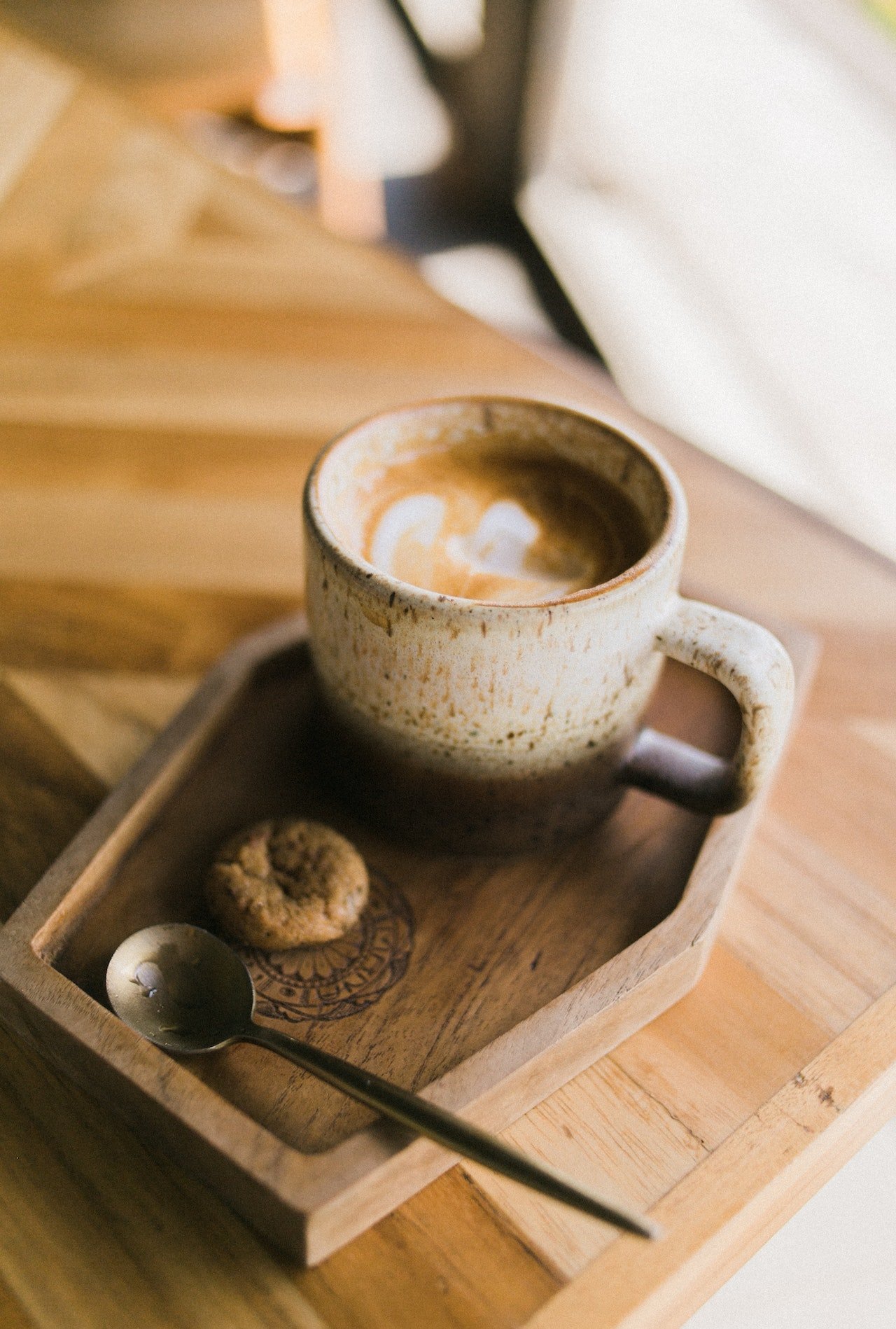How to maintain and clean our natural timber furniture
Natural timber furniture brings warmth, character, and a touch of nature into our homes, creating a serene and inviting atmosphere. However, just like any prized possession, these beautiful pieces require regular care and attention to maintain their timeless beauty. In this post, we'll delve into the world of cleaning and maintaining natural timber furniture, sharing valuable tips and techniques. Whether you're a proud owner of a handcrafted dining table or a custom TV unit, this guide will equip you with the knowledge and tools to keep your timber furniture in impeccable condition.
The Basics
If you want to keep your furniture in mint condition, the basic action you must take is regularly wipe the dust. To do this use a soft and dry cloth (preferably microfiber). Move gently with the timber grain. Do not apply too much pressure as you might damage the finish, especially varnish.
If after dry cleaning the furniture surface does not look clean, you can use a detergent solution. Spray the solution evenly onto the furniture and wipe it off with a damp soft cloth. Dry the surface completely, do not leave any water on the furniture surface.
Cleaning Spray Recipe
Mix 1 teaspoon of dishwashing soap or laundry detergent into 1 litre of water
Pour it into the spray bottle
Varnish
Bear in mind that once the varnish surface of your natural timber furniture becomes damaged, repairing it can be quite challenging. A complete removal of the old varnish is often necessary to ensure a flawless finish. Sanding the surface down to the bare wood allows for a fresh start and provides a smooth canvas for the application of a new varnish. To achieve optimal results, we recommended to apply a minimum of three coats of varnish. This meticulous process ensures a robust protective layer and a renewed, polished appearance for your beloved timber furniture. Remember, taking the time to properly address damaged varnish will pay off in the long run, preserving the beauty and integrity of your cherished pieces.
Pro Tip: Embrace the Natural Transformation of Timber
Timber possesses a captivating quality to evolve and deepen in colour over time. As it gracefully ages, it develops a unique character. It is important to note that during this transformative process, it is best to avoid leaving any objects, such as a centrepiece, in one spot for extended periods. By doing so, you allow the wood to age uniformly, preventing noticeable discrepancies in tone.
Oil finishes
If you own oil-finished furniture, it is important to note that it requires a bit more maintenance compared to other finishes. Over time, you will find the need to reapply oil to keep the timber in optimal condition. The exact timing for this reapplication may vary, but the timber itself will provide indications. Look out for dry patches on the surface, which signal that it is time for a fresh coat of oil. Factors such as room humidity, temperature, direct sunlight exposure, and the condition of the timber will determine how frequently this maintenance is needed.
Reapplying oil to your furniture is a straightforward process. It's similar to cleaning the timber surface with oil. Begin by thoroughly cleaning the furniture surface, ensuring it is free of dust and debris. If you previously used a soap solution for cleaning, allow the surface to completely dry. Then, using a dry, soft cloth, apply the oil in long, smooth movements, following the grain of the timber. This simple yet essential step will replenish the moisture and enhance the natural beauty of your furniture. By staying attentive to the timber's needs and regularly applying oil, you'll be able to enjoy the lasting allure of your oil-finished pieces for years to come.
Removing water rings
If you've ever wondered why owners of wooden furniture emphasize the use of coasters, there's a good reason behind it. Water rings, aside from being unsightly, can be stubborn and resistant to regular cleaning solutions. That's why it's essential to prevent them from occurring in the first place by using coasters.
But don’t be too alarmed if you find one of those nasty water stains on your wooden furniture, as we have an easy and effective method to tackle those them.
Dab some (non-gel) toothpaste over the water stain.
Use your finger to spread it around, and leave it for 30 – 60 seconds. If the water stain has been sitting for an extended period, such as a few weeks, it might need some abrasion. For this, combine 1/2 a teaspoon of baking soda with 1 teaspoon of toothpaste, and then apply it to the water stain.
With a damp cloth, scrub the area for a few seconds, and then clean off the toothpaste.
If needed, dry the surface with a towel.
Enjoy your furniture
For any questions, please feel free to contact us.



